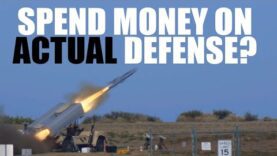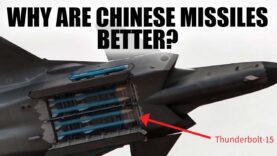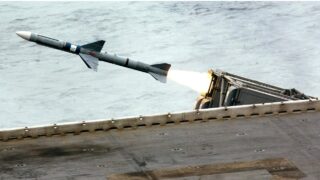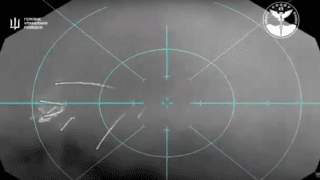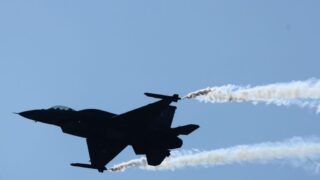Should the US Spend Money on ACTUAL Defense? Air and Sea Defense of the US…
Should the US Spend Money on ACTUAL Defense? Air and Sea Defense of the US Mainland
Video Summary
The proliferation of cruise and ballistic missiles, more powerful warships, and advanced fighter jets means the US needs new ways to defend its bases. The 2020 Iranian strike on US bases in Iraq highlighted the vulnerability of overseas military installations. The US has already begun exploring new defensive systems, such as the Israeli Iron Dome, to counter aerial threats.
The recent development of hypersonic glide vehicles by China, which can orbit the Earth and strike within minutes, changes everything. This technology makes it difficult to detect and respond to attacks. The risk of nuclear war increases if these vehicles can strike at any time and from unexpected directions. To counter this threat, the US must develop methods to ensure its ability to retaliate quickly, such as safeguarding its submarine-based ballistic missiles, or develop defenses against hypersonic attacks.
The US must also consider direct energy weapons, like lasers, to counter cruise and ballistic missiles. While these technologies are expensive, they could provide a more cost-effective solution in the long run. However, this would require significant advancements in manufacturing and deploying these systems. The need for a new defense strategy is clear, as the concept of mutual assured destruction is increasingly uncertain. The future of deterrence and the threat of nuclear war hangs in balance.






